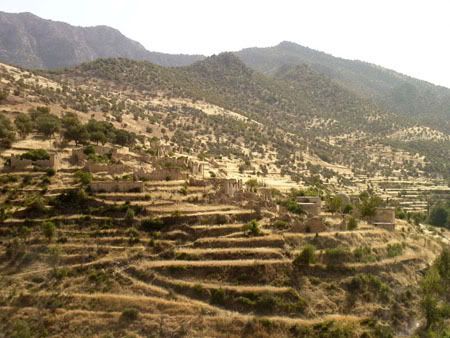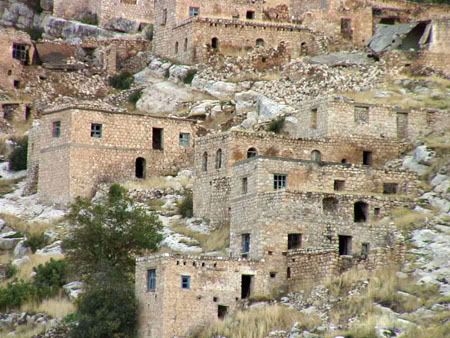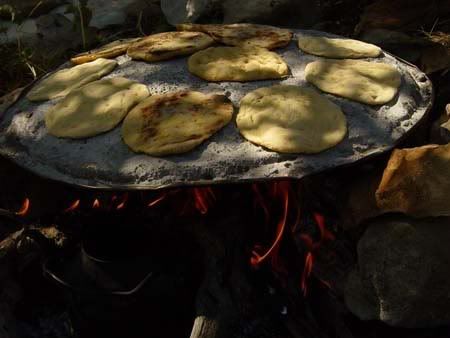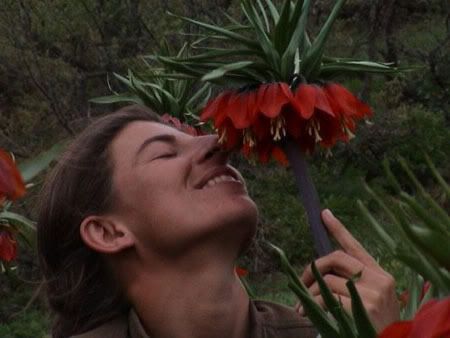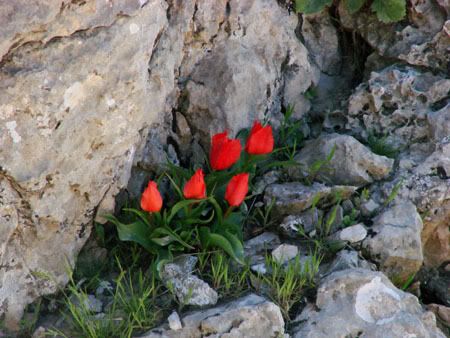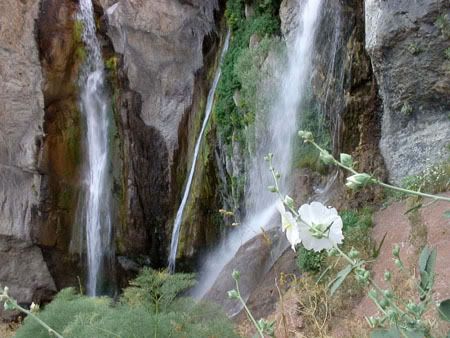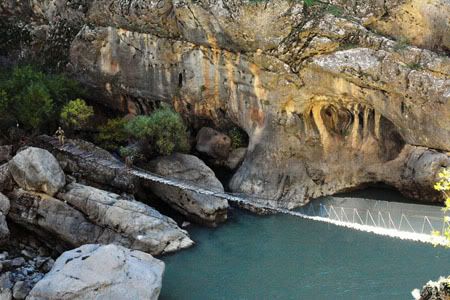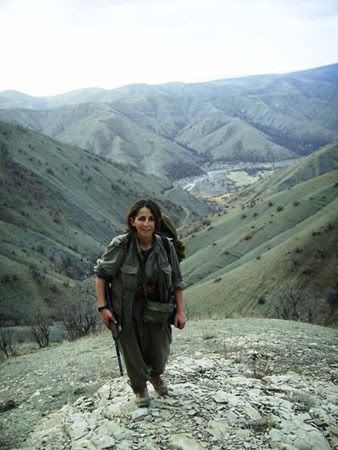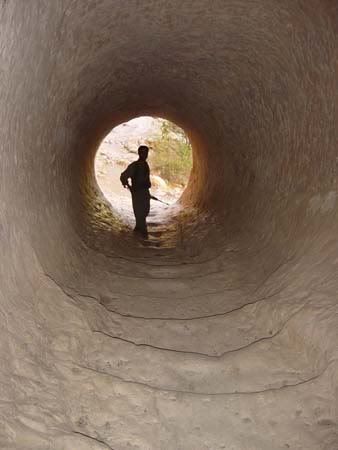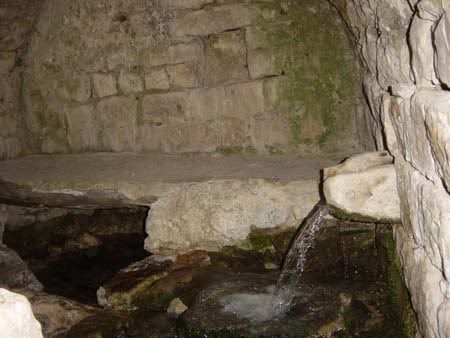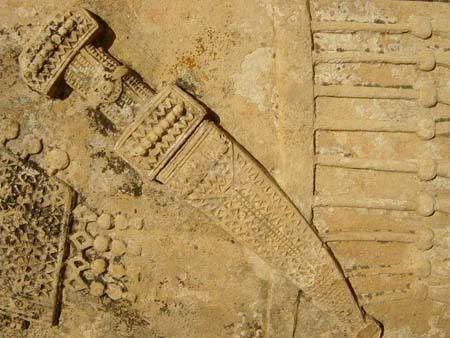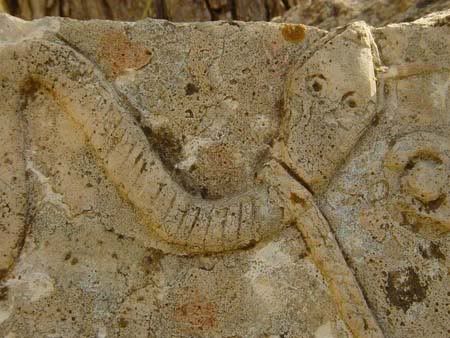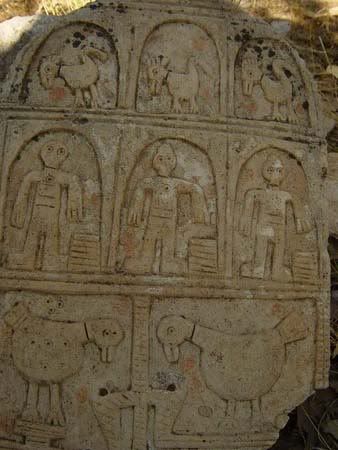All of the tribes experienced a Trail of Tears due to the forced relocations; some were more or less severe. However, regardless of their differing severity, the forced relocations were all part of the U.S. extermination policy, or genocide, to solve their "Indian Problem." The "problem" in Indian Territory was that the tribes who were forced to relocate under conditions that significantly reduced their population through extermination or starvation, some in harsh winter conditions, was that they survived the forced relocations at all. Hence, a "solution" was needed to insure white domination in Indian Territory. Henry Dawes and his Dawes Act fueled by racism, denial of joint statehood, and a cruel "wedding" fusing Indian Territory with the State of Oklahoma all contributed to Oklahoma's Statehood through the elimination of many tribal lands and the great diminishment or total elimination of tribal political influence.
The white supremist attitudes of Henry Dawes, author of the Dawes Act and which led to the Allotment Era, was paramount in shifting land ownership from whole tribes to the sole individual.
Kill the Indian, Save the Man
Massachusetts Senator Henry Dawes, convinced that the white man's ways were superior, pooh-poohed the idea of communal property, although he did express sympathy for the Natives. "The common field is the seat of barbarism, while the separate farm is the door to civilization," he said. Dawes explained that selfishness was the root of advanced civilization, and he could not understand why the Indians were not motivated to possess and achieve more than their neighbors.
The white supremist attitudes of Dawes was reflected in whites prior to the Allotment Era that Dawes formally initiated.
The Indians Are
Getting Uppity
Berthrong describes the attitudes of the whites who overwhelmed the Cheyenne and Arapahoe reservation subsequent to allotment:
White-Indian relations after the opening of the Cheyenne-Arapaho Reservation were tragic. Deep prejudice often bordering on racism marked whites' attitudes toward their Indian neighbors...If the Indians had possessed more economic potential, skills, and incentives to acquire additional or replacement property, the losses they suffered through fraud and theft would not have been so severe or irremediable. As it was, the discrimination, the loss of property, and the contempt in which the Indian was held by farmers and ranchers made it impossible for many of the Cheyennes and Arapahoes to follow the 'white man's road.' (Berthrong, p.207)
Guy Dull Knife Jr. recalls his boyhood impression of whites outside the reservation borders: "He remembered the dirty looks, the waiting for whites to enter first, the standing in line, others cutting in front of them, the occasional cursing, clerks tailing him up and down the aisles and the signs that said 'No Dogs or Indians Allowed'." (Starita, p.326)
Dawes's anti Indian sentiment bled over into the legislation he created, the notorious Dawes Act. The facts that it authorized the president, Roosevelt at the time, to twist tribal land ownership into individual land ownership if the land was deemed "advantageous for agricultural and grazing purposes" when Oklahoma's primary assets were farming and agriculture prior to its statehood, were by no means innocent and coincidental. To the contrary, it was divide and conquer in retrospect.
Divide -
(Underline mine)
Source
Be it enacted by the Senate and House of Representatives of the United States of America in Congress assembled, That in all cases where any tribe or band of Indians has been, or shall hereafter be, located upon any reservation created for their use, either by treaty stipulation or by virtue of an act of Congress or executive order setting apart the same for their use, the President of the United States be, and he hereby is, authorized, whenever in his opinion any reservation or any part thereof of such Indians is advantageous for agricultural and grazing purposes, to cause said reservation, or any part thereof, to be surveyed, or resurveyed if necessary, and to allot the lands in said reservation in severalty to any Indian located thereon in quantities as follows:
Source
In addition, the law severely reduced Indian holdings; after all individual allocations had been made, the extensive lands remaining were declared surplus and opened for sale to non-Indians. In 1887, the tribes had owned about 138 million acres; by 1900 the total acreage in Indian hands had fallen to 78 million.
- and conquer.
As Oklahoma sought statehood the U.S. government again divided reservation lands to sell to white settlers, leaving just a small parcel for reservation land.
The Merriam Report: A Look At "Real" Life
The report found many contributing factors, one of the major ones being the Allotment Policy. In the Merriam Report, it was also said that
Not accompanied by adequate instruction in the use of property, it has largely failed in the accomplishment of what was expected of it. It has resulted in much loss of land and an enormous increase in the details of administration without a compensating advance in the economic ability of the Indians...it almost seeded as if the government assumed that some magic in individual ownership of property would in itself prove an educational civilizing factor, but unfortunately this policy had for the most part operated in the opposite direction. Individual ownership in many instances permitted Indians to sell their allotment and to live for a time on the unearned income resulting from the sale.(2)
100 Years in the Land of the Red Man
"When the Allotment Era came into being, it changed every perspective we had on land--it went from the control of the tribe to the control of the individual," he explained.
Those individuals, Jones recounted, were illegally taxed and many lost their land by their failure to pay those taxes, largely because their grasp of the new and foreign concept of individual private land ownership didn't quite match the speed of the government's enforcement of its imposed tax policy.
Continuing, as the Iroquois Confederacy helped to shape American Democracy on a national level, the Sequoyah Constitution helped to shape the Oklahoma Constitution on a state level.
Source
No historian can properly review the provisions of the Oklahoma Constitution without considering the Sequoyah Convention which convened at Muskogee in 1905; for some of the most important provisions of the Constitution derived their inspiration from the Sequoyah Constitution, notably: Article nine on Corporations, the method of Legislative apportionment, the Great Seal, less than a unanimous verdict of Jurors in trials of civil causes, compulsory teaching of Agriculture and Domestic Arts in the public schools, the names of many Counties in old Indian Territory, et cetera.
As Vice-President of the Sequoyah Convention of 1905 and as President of the Guthrie Constitutional Convention of 1906, I witnessed some facts of historical value, hitherto not given publication.
-huge snip -
"You know many people in Oklahoma Territory and I wish you would remember this, 'The politicians of Oklahoma City and Guthrie will try to dominate the convention and shut out the Indian Territory along with western Oklahoma. When statehood comes, remember to keep "tab" on the delegates elected and for some good man over there, not allied with the machine, for president of the Convention'." To which I agreed.
But that wasn't part of the "solution," Roosevelt squelched Indian Territory's attempts at having joint statehood with Oklahoma. As the result, there is no Centennial for Indian Territory.
ENABLING ACT (1906)
After the introduction of a bill for admitting Indian Territory as the State of Sequoyah sank in Congress in December 1905-January 1906, Pres. Theodore Roosevelt recommended joint statehood.
What was part of the "solution" was a cruel "wedding" between Indian Territory and the State of Oklahoma simultaneously with Oklahoma's admittance into statehood.
Source
Rev. Dodson:
Representing the Indian Territory is Mrs. Anna Bennett of Muskogee.
(Durant presents Mrs. Bennett to Jones, bows, and steps back.)
Mrs. Bennett:
I will. And to you I present my hand and my fortunes, convinced that your love is genuine and sincere.
Dodson:
Do you, Mr. Oklahoma Territory, take this woman to be your lawfully wedded wife, to have and to hold, from this day forth, in union as the State of Oklahoma?
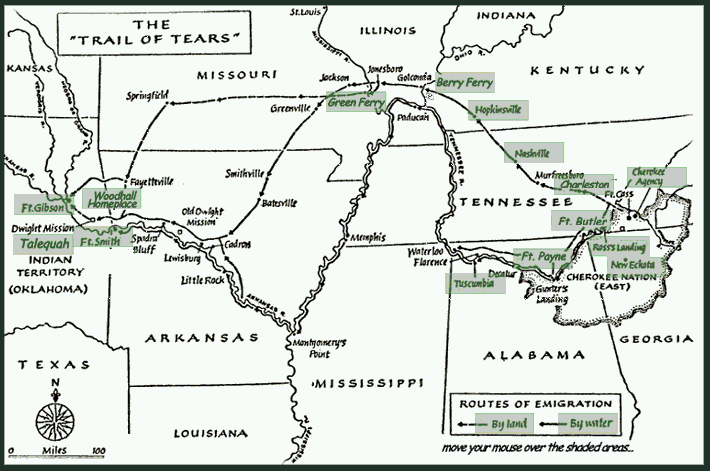
To bring this to a close, all of the tribes experienced a Trail of Tears due to the forced relocations; some were more or less severe. However, the tears did not end with the forced relocations. The cruel mock wedding ceremony caused tears; being shut out of the democratic process caused more tears after the denial of duel joint statehood, as did the Dawes Act and all the racism that accompanied it. Simultaneously, the Indian Boarding Schools were working their "solution," which would continue until approximately 1970, while the forced sterilizations would work their "solution" and end in the mid 1970's. No Indian, no "problem" for the whites who cut the Indians out of life, democracy, or both.






